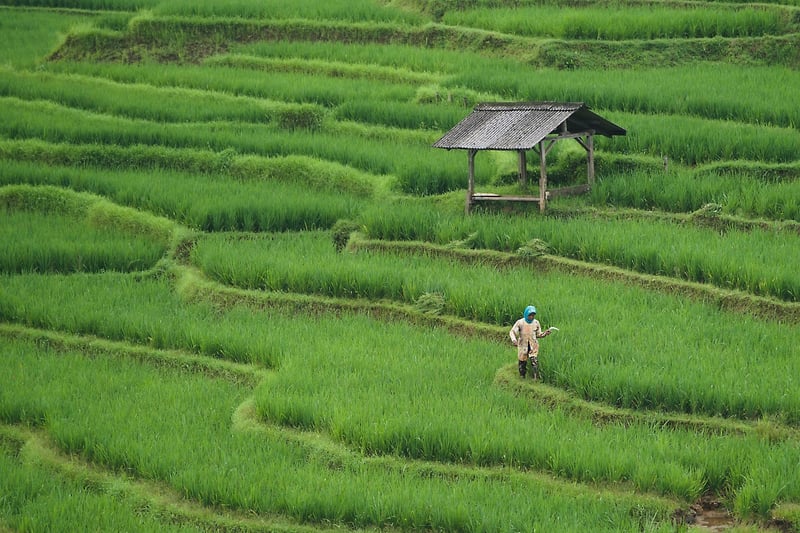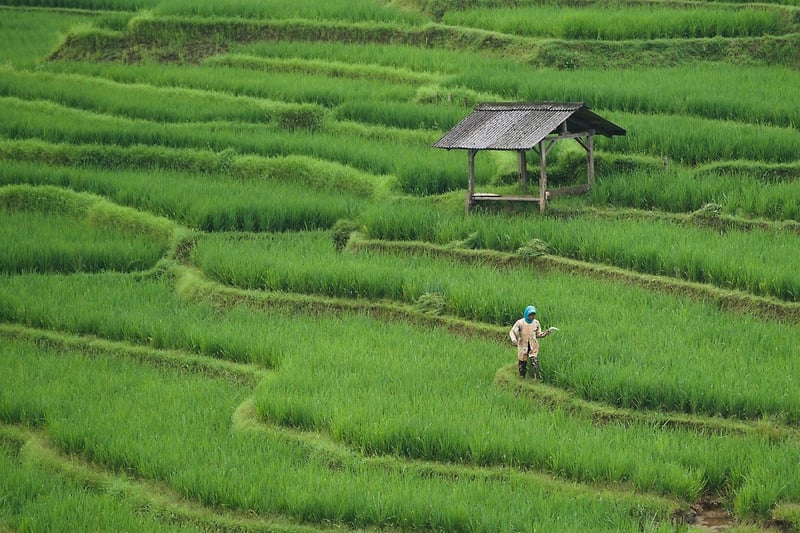Vertical Farming
Innovative Methods for Cultivation: Exploring Vertical Farming
Traditional agriculture has been the backbone of food production for centuries, but with the world's population on the rise and space becoming increasingly limited, innovative cultivation methods are essential to meet growing demands. One such groundbreaking approach is vertical farming, a sustainable solution that maximizes space and resources to grow crops efficiently. Let's delve into the world of vertical farming and explore its benefits and techniques.
What is Vertical Farming?
Vertical farming involves growing crops in vertically stacked layers or vertically inclined surfaces. This method utilizes controlled environment agriculture (CEA) technology to optimize plant growth, using artificial lighting, and precise environmental control such as temperature, humidity, and nutrients.
Benefits of Vertical Farming:
- Space Efficiency: Vertical farming maximizes land use by growing upwards, ideal for urban areas with limited space.
- Water Conservation: This method uses up to 95% less water than traditional farming through hydroponic or aeroponic systems.
- Year-Round Production: With controlled environments, vertical farms can produce crops all year, unaffected by seasonality.
- Reduced Carbon Footprint: By eliminating the need for long transport distances, vertical farms reduce carbon emissions associated with food transportation.
Techniques Used in Vertical Farming:
- Hydroponics: Growing plants in nutrient-rich water without soil, providing direct access to essential nutrients.
- Aeroponics: Plants are grown in an air or mist environment with nutrients delivered through a fine mist, promoting faster growth.
- LED Lighting: Energy-efficient LED lights mimic natural sunlight, promoting photosynthesis for plant growth.
Challenges and Future Outlook:
While vertical farming offers numerous advantages, challenges such as high initial setup costs and energy consumption need to be addressed. However, ongoing technological advancements aim to make vertical farming more accessible and cost-effective, paving the way for a sustainable future in agriculture.
As the world faces increasing food demands and environmental concerns, innovative methods like vertical farming present a promising solution. By combining technology, sustainability, and efficient resource management, vertical farming is revolutionizing the way we grow food.

Explore the possibilities of vertical farming and join the movement towards a greener, more sustainable future in agriculture!
References: VerticalFarm.com
